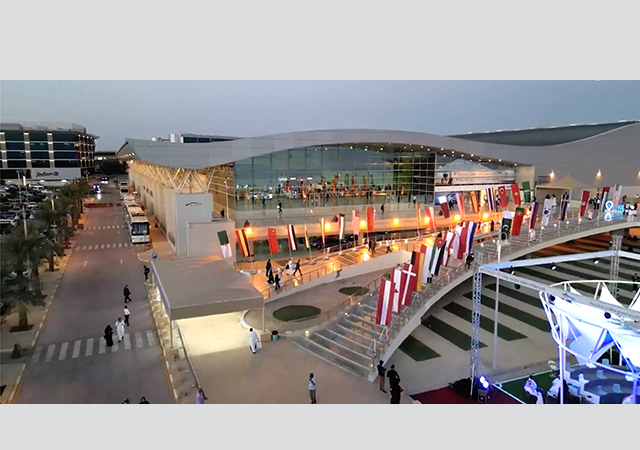
TeknCoat's two-coat system for walls, roofs and areas of a structure exposed to atmosphere acts as a waterproofing and as well as energy-saving coating.
The two compounds are W1 and W2. Both are liquid polyurethane, with the first generally used as a primer and the latter as a final coating.
W1 is designed to resist water pressure or vapour that permeates walls and can be used on inner and outer walls and even compound walls. It fills all pores and provides a continuous barrier against the passage of water and water vapour. It has excellent thermal resistance and prevents passage of hot or cold air into the building.
W2 is designed to provide a continuous barrier against changes in temperature. It has good adhesion to different surfaces and forms a bonded hydrophobic lining. Due to its low thermal conductivity, it has insulating properties and acts as energy saver. It works as a thermal insulation coat in extreme temperatures ranging from - 40 to 150 deg C.
W1 has excellent corrosion resistance properties and is suitable for interior applications beneath decorative paints to prevent the lateral spread of corrosion or crusting resulting from scratches, chips or abrasions. It has excellent curing properties to treat exterior masonry walls in case of plaster damage or presence of moisture. It can also be applied on the back of marble slabs to prevent colour disfiguration of the marble.
W2 protects compound walls, especially in coastal environments, as it has excellent resistance to salt attack and humidity. It also prevents water vapour from reaching steel reinforcement in concrete.
W2 with W1 act as humidity barrier and thus prevent chemical reactions taking place when water vapour reaches the salt content in concrete. When using W2 on stone pitch, fine sand can be spread over, when the surface is tacky, for additional bonding. Paints of water, polyurethane, or epoxy bases can be then used over this.
Energy Saving
All building materials and insulators transfer or resist heat flow by conduction. The R factor, or resistance to heat flow, is expressed as the reciprocal of K factor (thermal conductivity). The smaller the K value, the higher will be the resistance and better will be the insulation properties. This is where W 1 and W2 with their lower K values, score as a coating with insulating properties.
In order to determine the extent of slow conduction of heat with W1 and W2, Al Futtaim Laboratories carried out an test on time versus conductivity.
A 1 ft x 1 ft x 1 ft and 1-m-thick steel box was coated with W1 and W2 with a dry film thickness (DFT) of approximately 350 microns. The box was kept in a thermostatically-
controlled oven at different temperatures, simulating the atmospheric temperature impact on the building. On average, a 4.5 deg C drop was observed over a period of 30 minutes, which translates into energy savings.
In practice, this saving will be more. Steel has a thermal conductivity of 58.15 W/mK, while the thermal conductivity of ordinary concrete surface and cement mortars is in the range of 0.8 to 1.4 W/mK. Therefore, when WI and W2 are coated over a surface whose thermal conductivity is 50 times less than that of steel, the net temperature drop and the consequent energy saving will be substantial.
Protective Role
In the Gulf, buildings are affected by salt, humidity, and water and there are no paints that can last for long periods without cracking or peeling, although some can withstand atmospheric changes.
However, the use of WI and W2 on external walls will improve and achieve the condition of their surface in general (W1 is less flexible and W2 more flexible).
W1 can provide a tough, strong layer and increase the surface tension of plaster as it penetrates and seals pores and cracks. It has extreme resistance to salt and acts as a strong barrier between salt inside the surface concrete and any paint.
It blocks the backpressure through the wall acting against paints from inside to outside. Normally, backpressure also develops with the rise in surface temperature, but W1 has excellent resistance to heat: to 120 deg C and up to 180 deg C in certain cases.
It is important to understand that the movement of paint on an external surface will start building negative pressure, which will push first the mastic, then the primer and finally the paint itself. Flexible paints applied directly to the concrete or wall will form bubbles, if its tensile strength is lower than the pressure generated through the external wall.
A non-flexible coating's negative pressure will result in paint cracks, when the negative pressure is higher than the tensile strength of the paint.


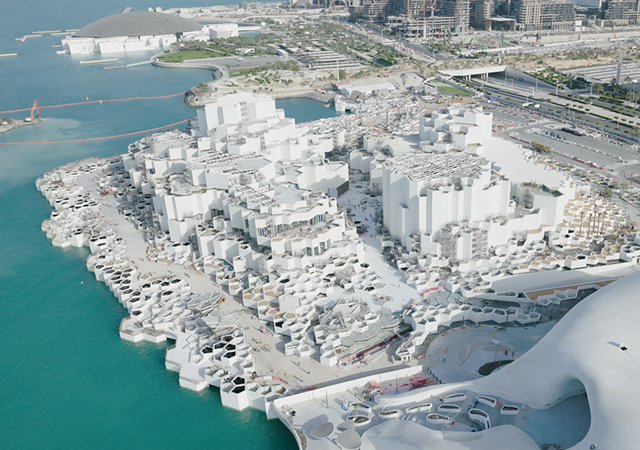


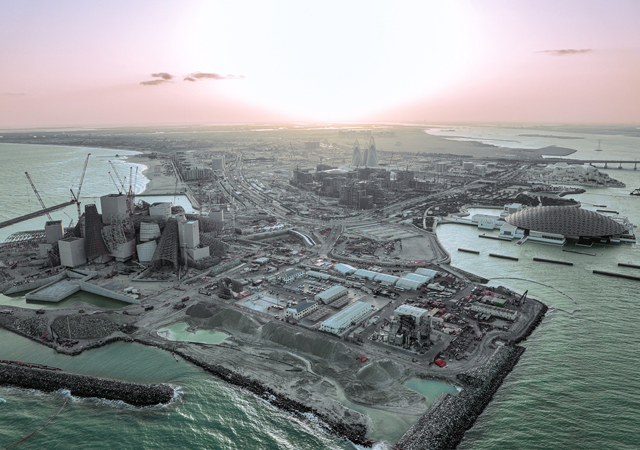
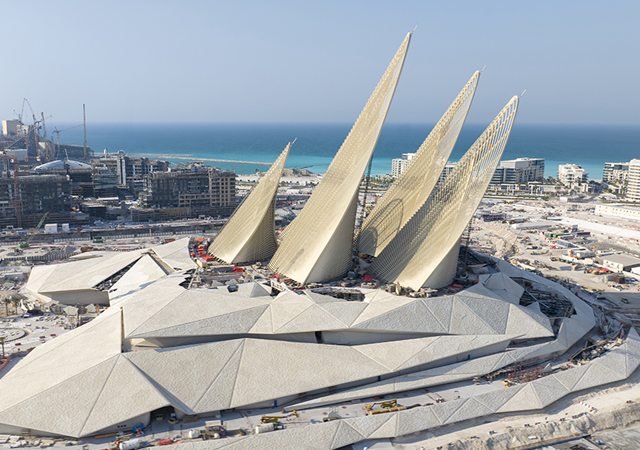
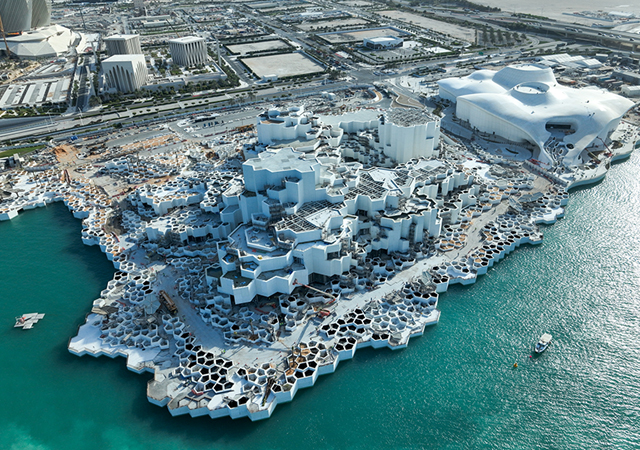
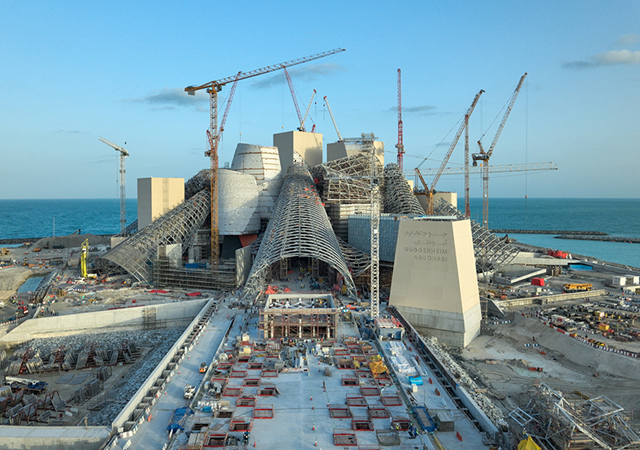
.jpg)
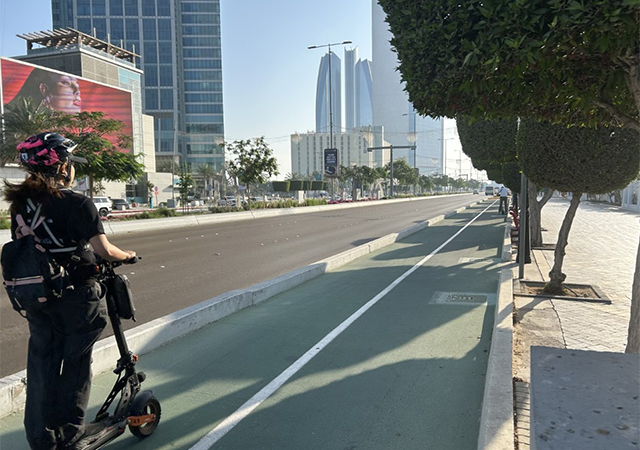
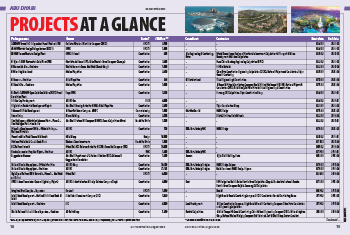


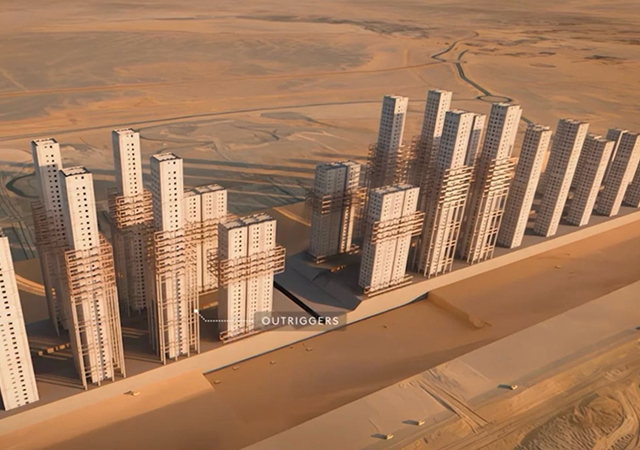
.jpg)

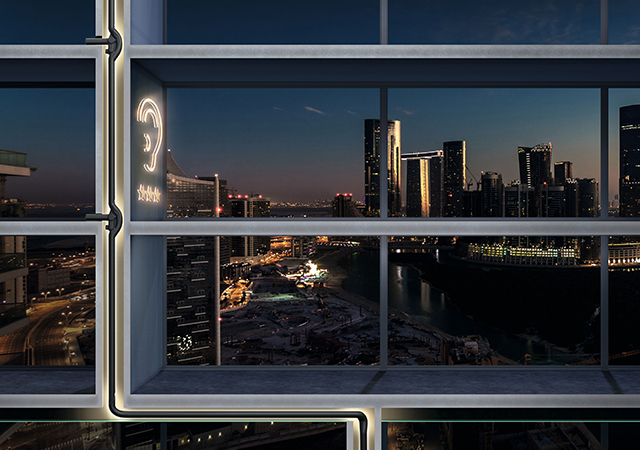
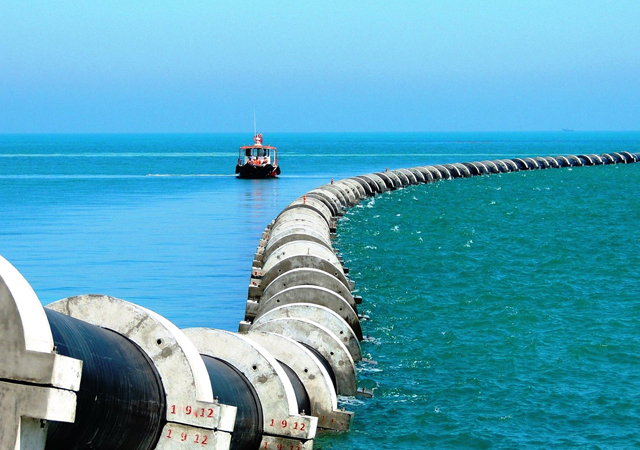


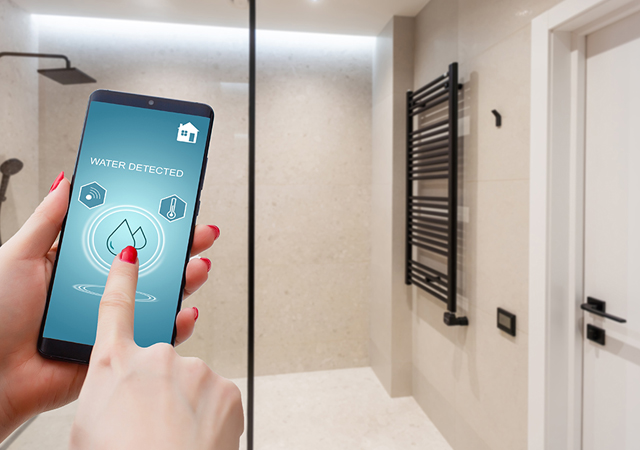
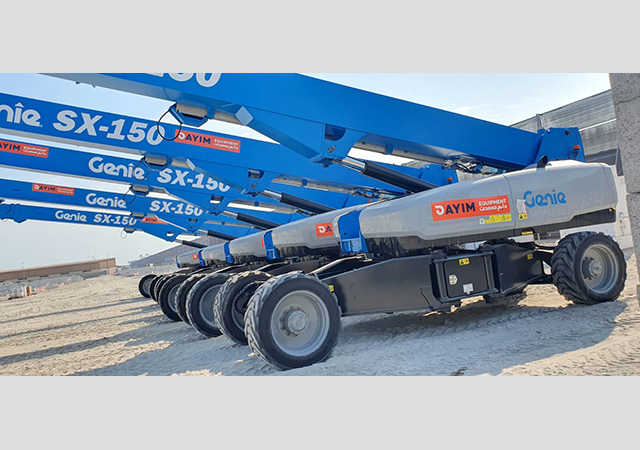
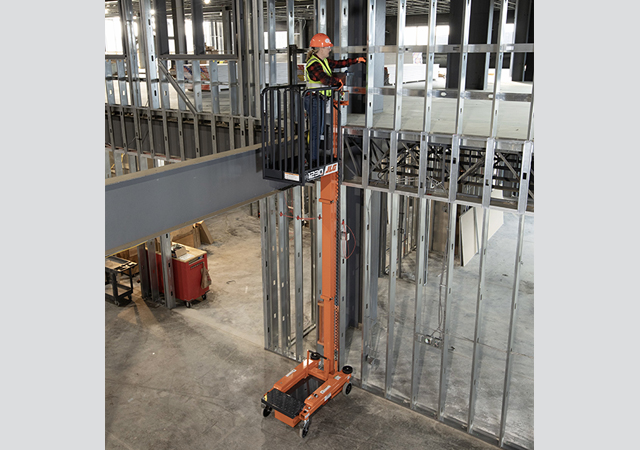



Doka (2).jpg)
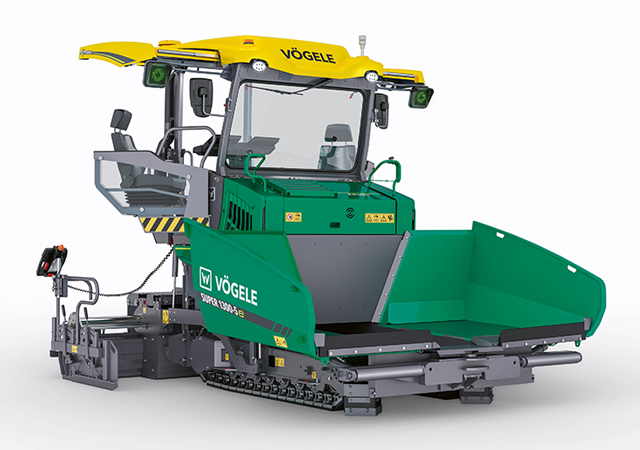


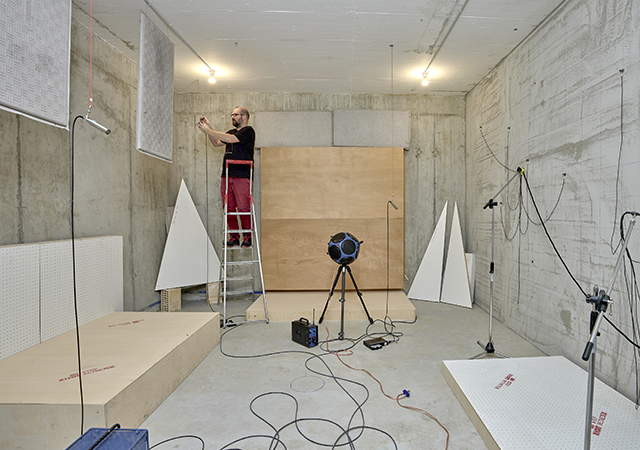
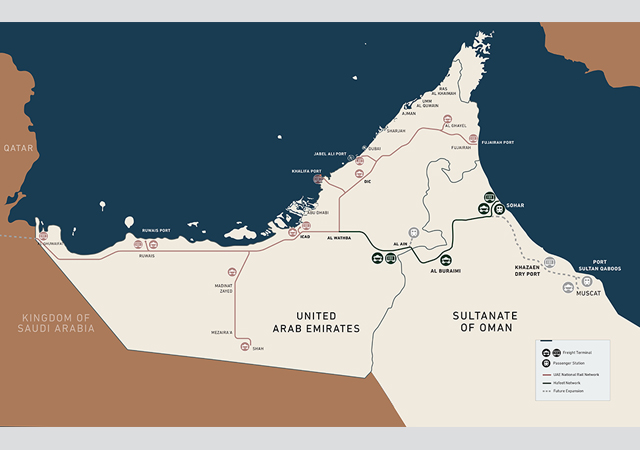



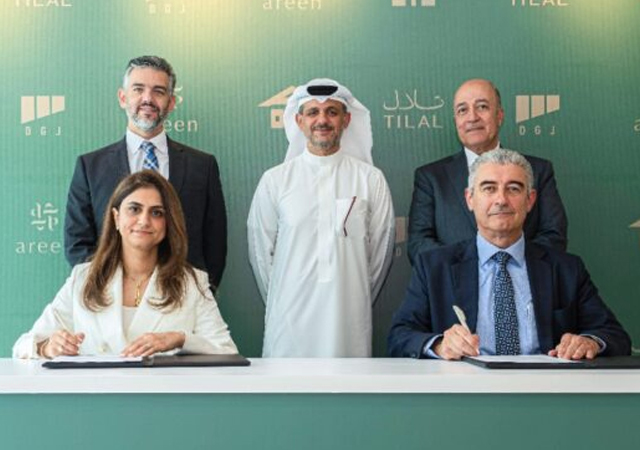
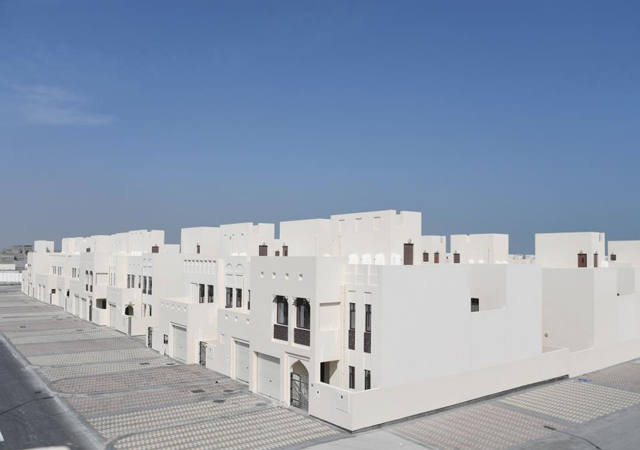
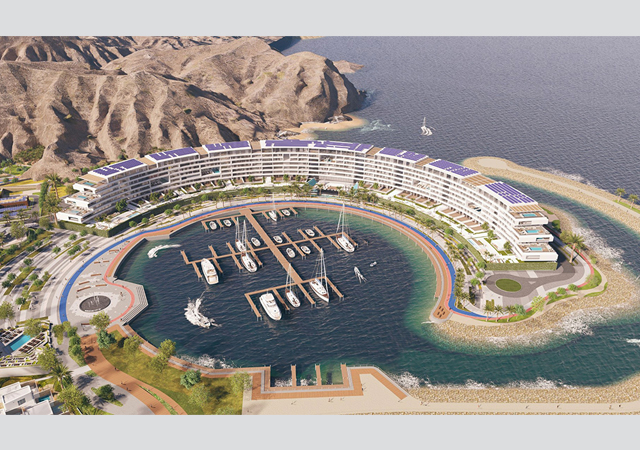

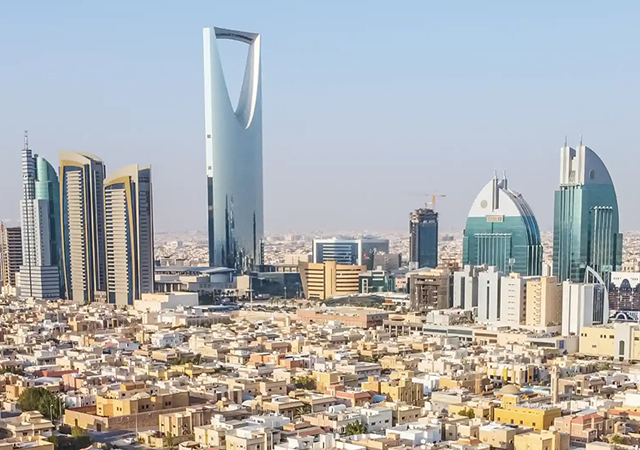
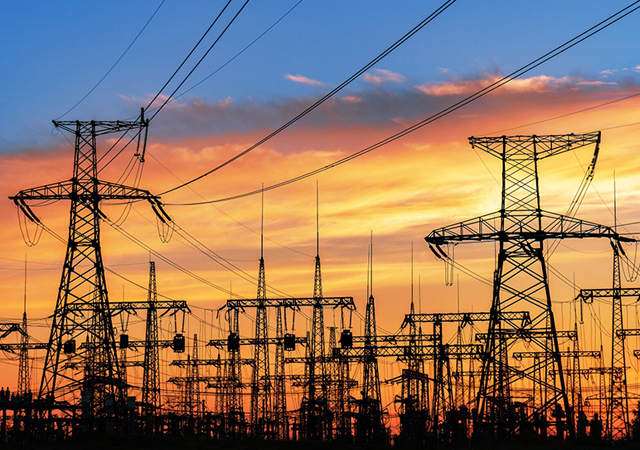


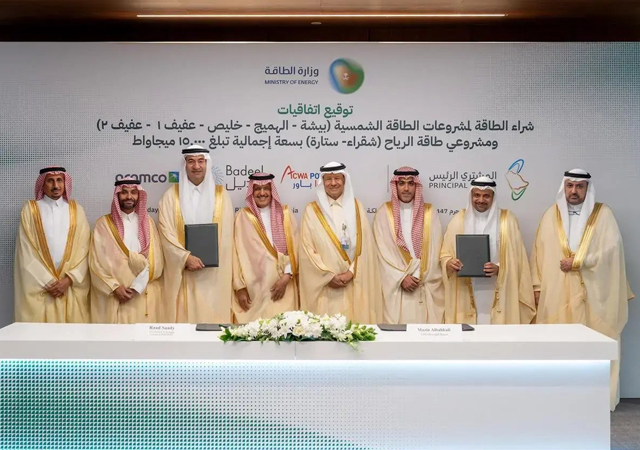


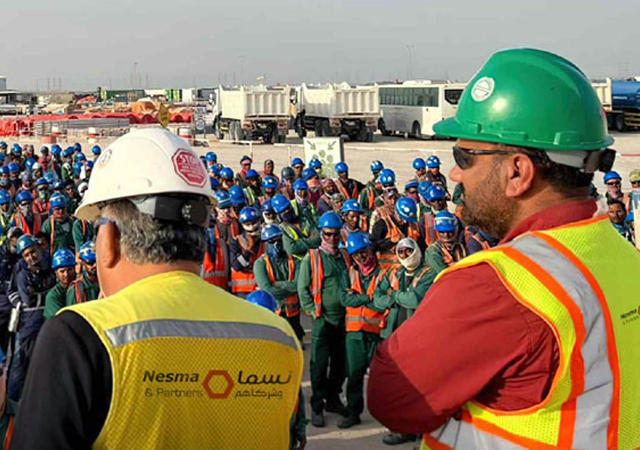

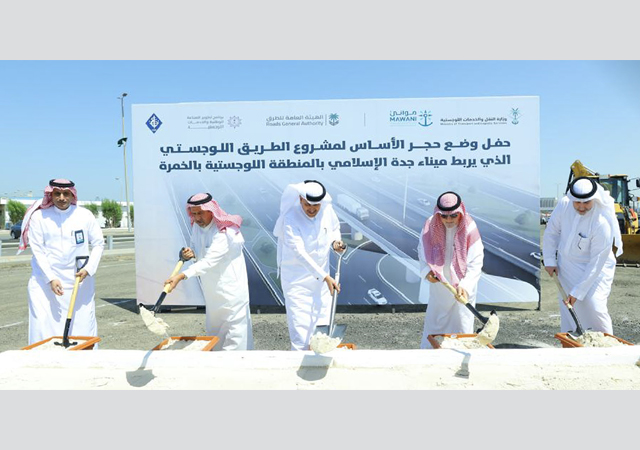


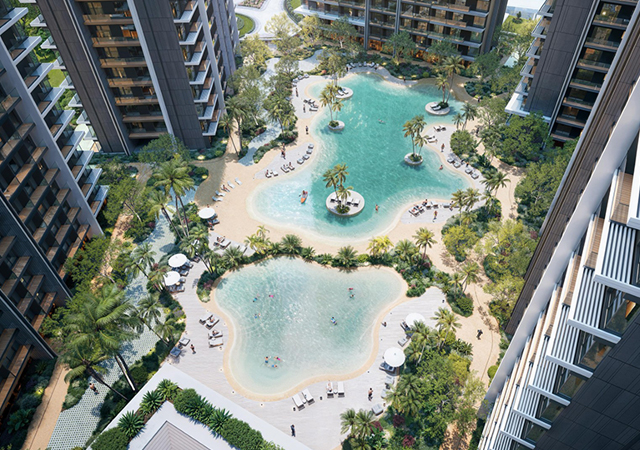

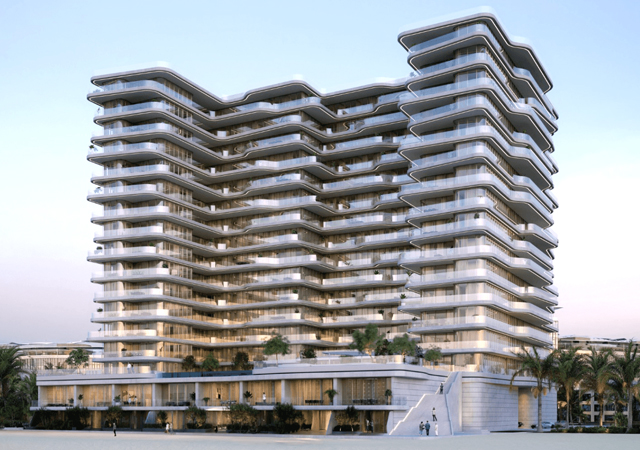
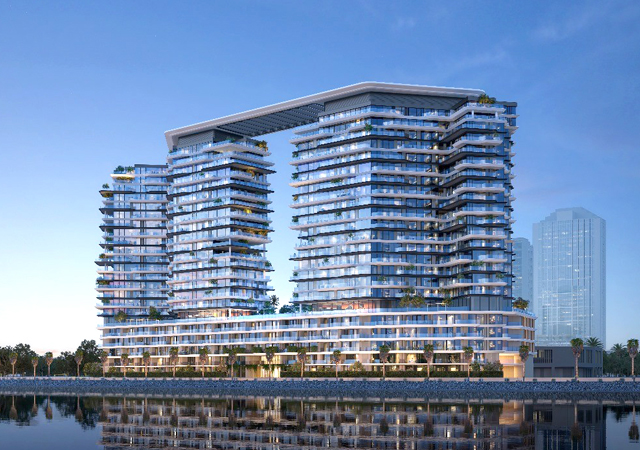

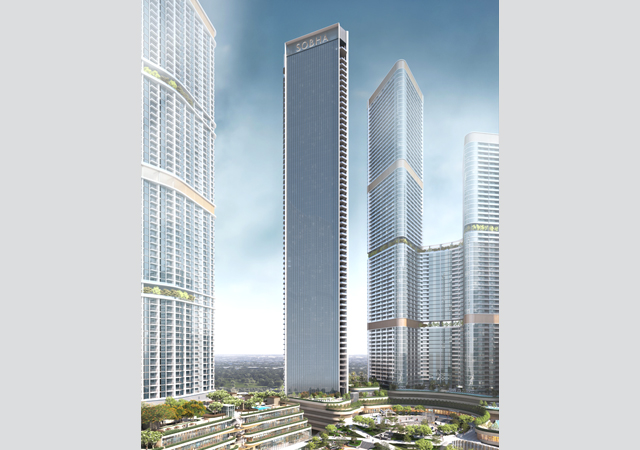
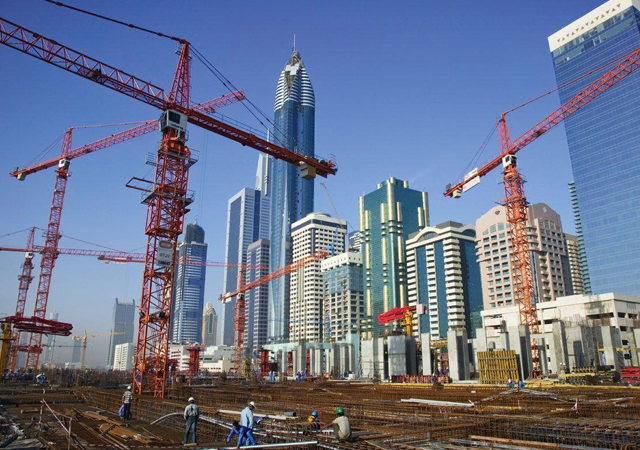




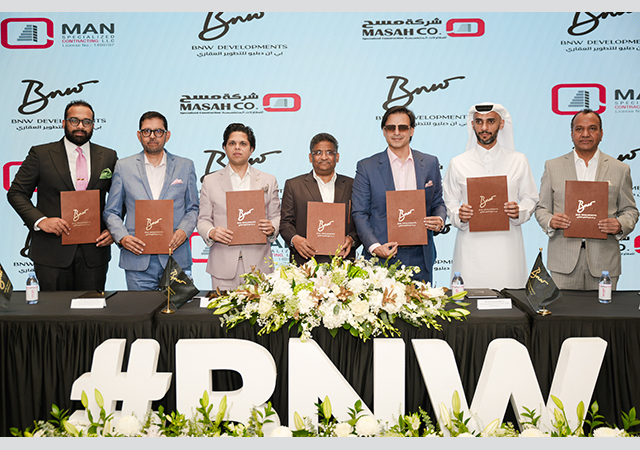

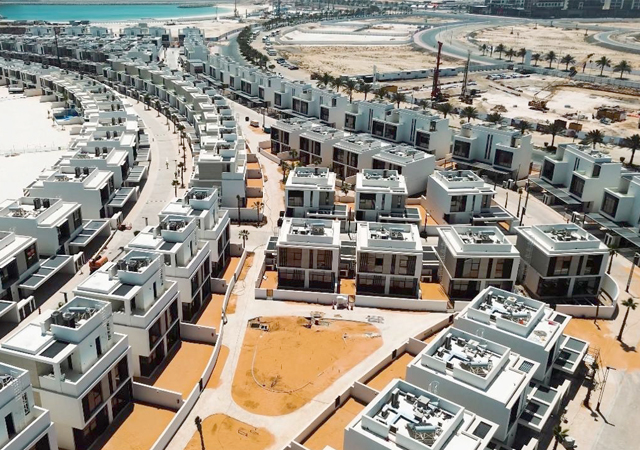
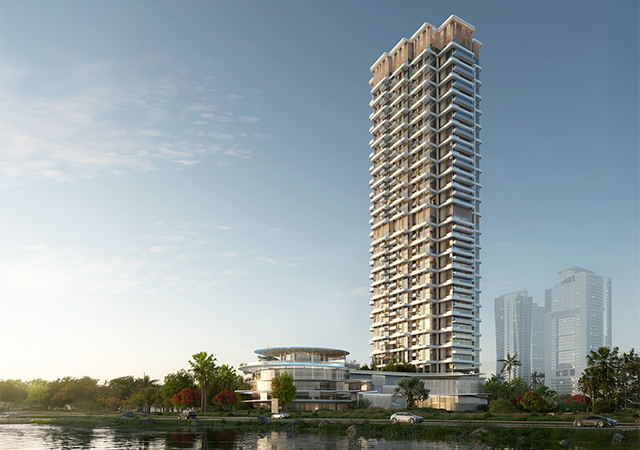

.jpg)
.jpg)

.jpg)
